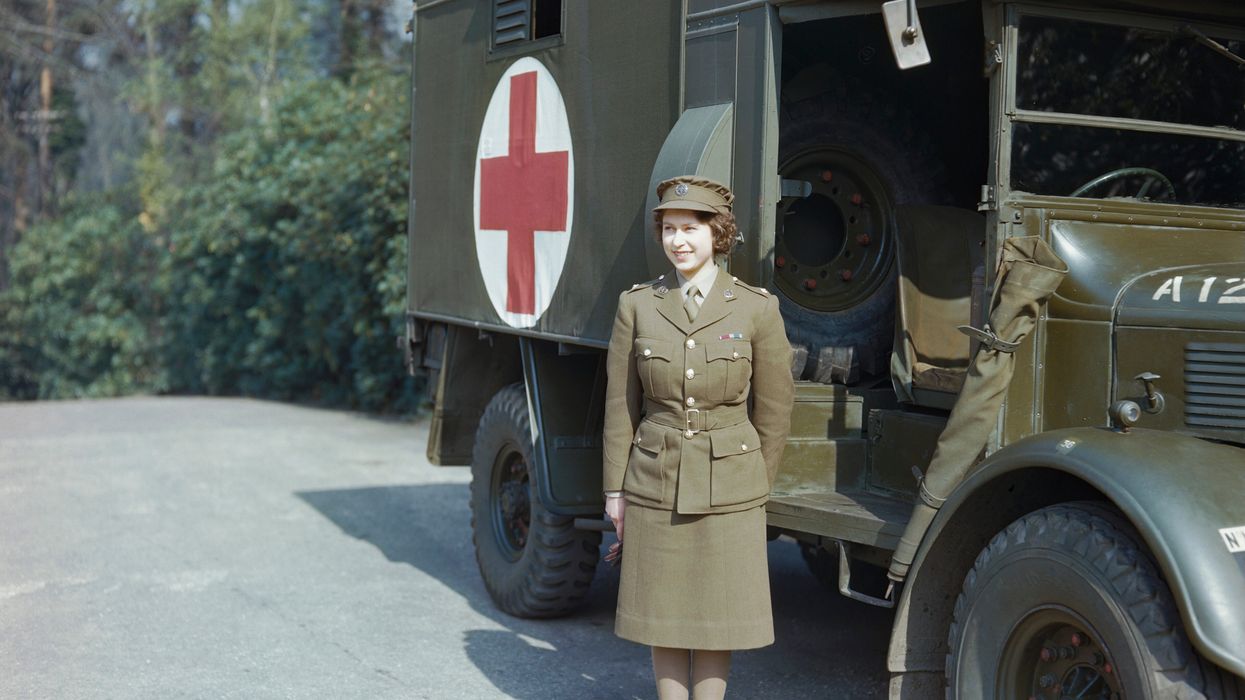Thirty-eight years ago, Sharon Christa McAuliffe, a social studies teacher at Concord High School in New Hampshire, boarded NASA’s Space Shuttle Challenger. Selected as the first schoolteacher for NASA’s "Teachers in Space" program, she aimed to rekindle public interest in space exploration. On January 28, 1986, millions watched as the Challenger took off, only for their excitement to turn to horror within 73 seconds as flames engulfed the shuttle, staining the blue sky with smoke.
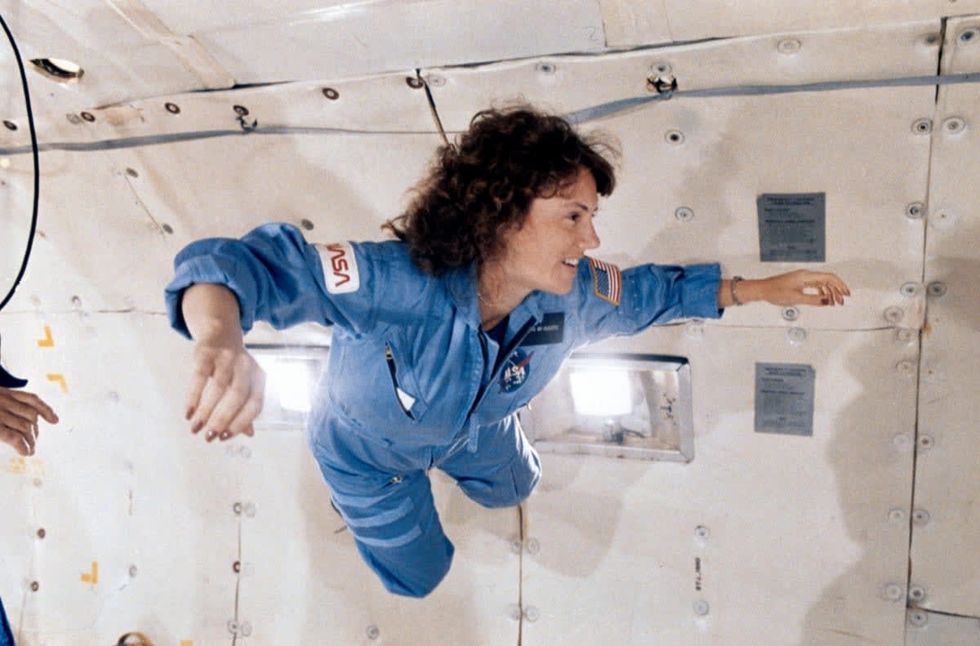
In addition to McAuliffe, the crew members onboard were Commander Francis R. Scobee, Pilot Michael J. Smith, Mission Specialists Ellison S. Onizuka, Electrical Engineer Judith A. Resnik, Ronald E. McNair, and Payload Specialist Gregory B. Jarvis. All seven members unfortunately perished in the fumes.
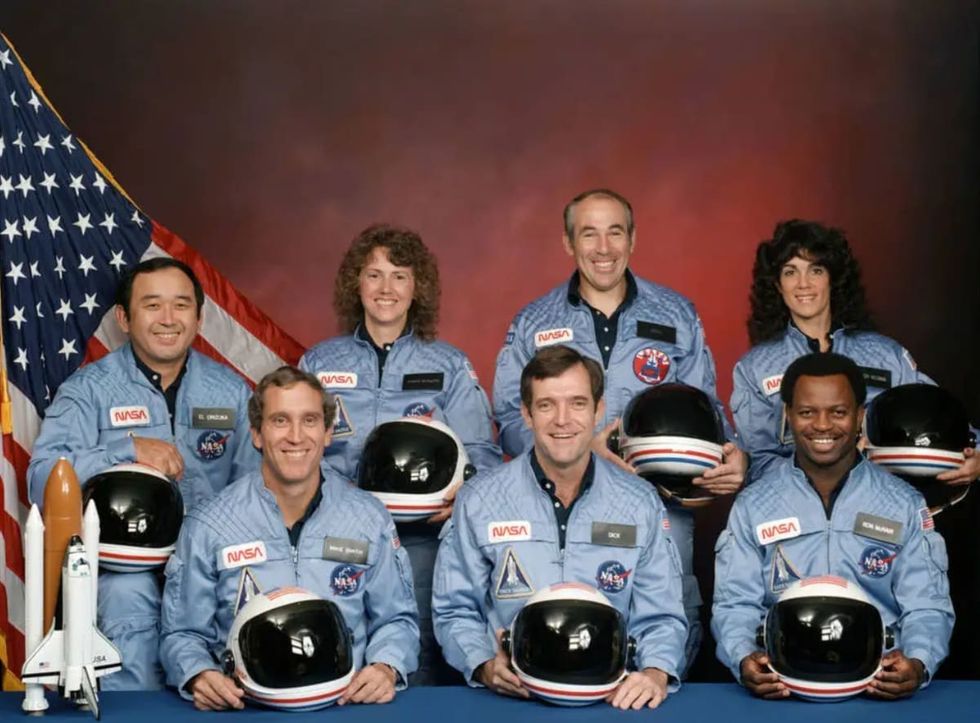
It was the day of January 28, 1986, when a high-speed elevator carried the crew almost twenty stories up the launch tower. The outer tank spewed a stream of boiling liquid oxygen from beneath the conical beanie cap at its tip. Donning their spacesuits and clamshell helmets, the astronauts stepped inside the shuttle. The hatch shut behind them.
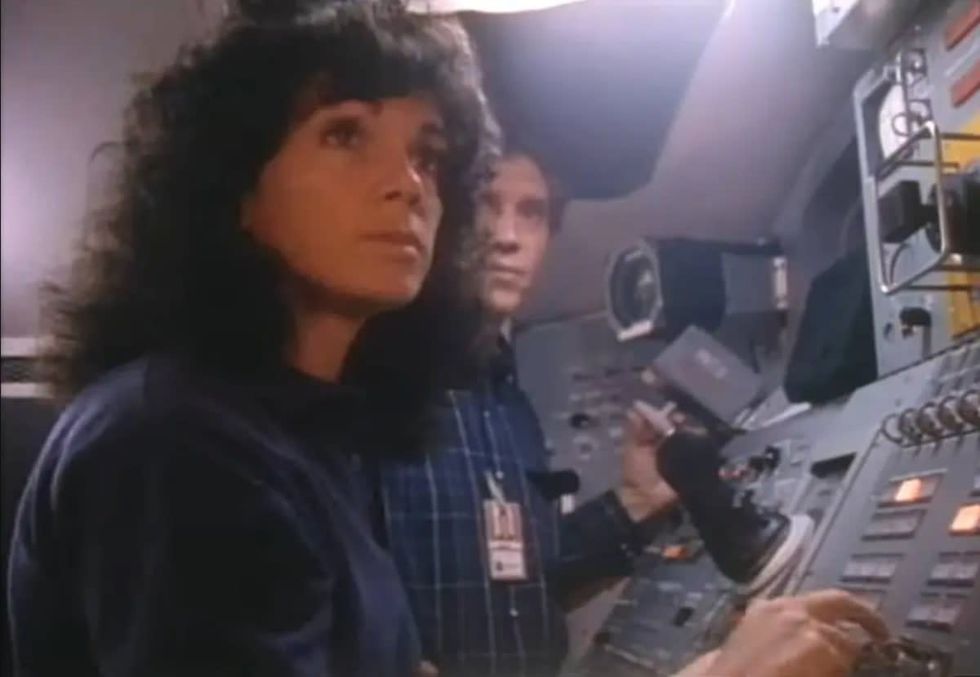
It was nearly 11:30 a.m. Students in school classrooms across the country stood up from their desks and gathered in the cafeterias, and family members of the astronauts took leave from their work, all hooked to the black-and-white television screens to watch the brilliant crew take off in Challenger.
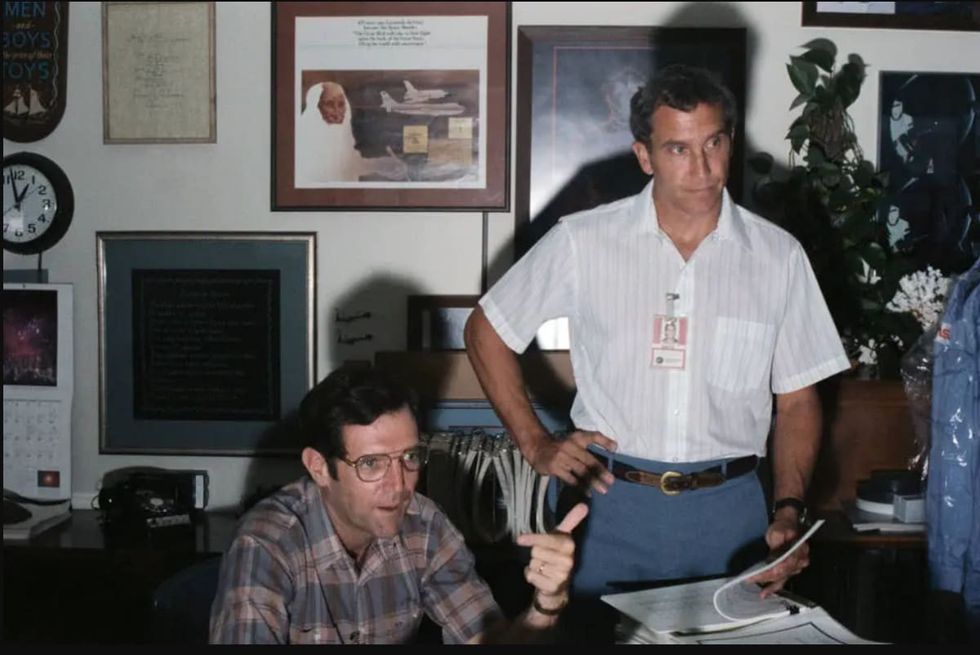
Shortly after, the boosters released powerful flames, pushing the steel casings outward as the Challenger ascended, trailing plumes of smoke against the azure sky. Seven seconds into the flight, Smith said, “Go, you mother,” as captured by the operational recorder, the transcript of which has been shared by NASA. The shuttle was launched and the people cheered behind TV screens. Judy Resnik gave an exuberant yell: “Sh*t hot!” “Ooohh-kay!” Scobee replied. But something was wrong. At 58 seconds, a spark exploded through a joint at the bottom of one of the boosters. At this time, the shuttle was at an altitude of 35,000 feet above the ground.
“Feel that mother go!” said Smith. “Wooohooo!” “Challenger, go at throttle up,” the CapCom radioed from Mission Control. “Roger, go at throttle up,” said Scobee, 70 seconds after launch, as per The Washington Post. In a few moments, the flame gathered at the booster spread into the outer tank, burning its insulation. Three seconds later, Smith said, "Uh-oh"- the last words heard on the spacecraft.
Tons of liquid hydrogen shot through the engines. At 73 seconds, the transmission from the disintegrating spacecraft ceased. Soon enough, people, who were cheering for the spacecraft minutes ago, watched in horror as the explosion lit up the sky. The craft plummeted down from 46,000 feet above the Atlantic Ocean.
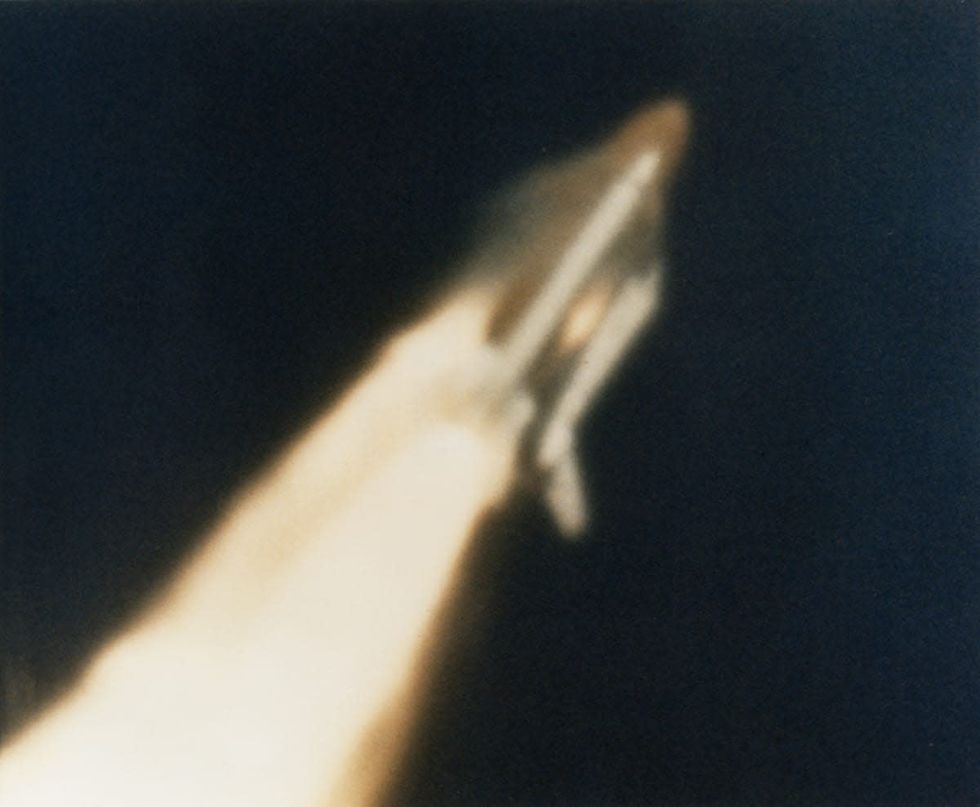
The cause behind the tragedy was the loss of integrity of the O-ring seals in the solid rocket booster segment joints. Some of NASA’s engineers who worked on the program raised concerns regarding the inefficient O-ring seals caused by the freezing temperatures the previous night. But they couldn’t halt the mission as the managers had cleared the launch on January 28.
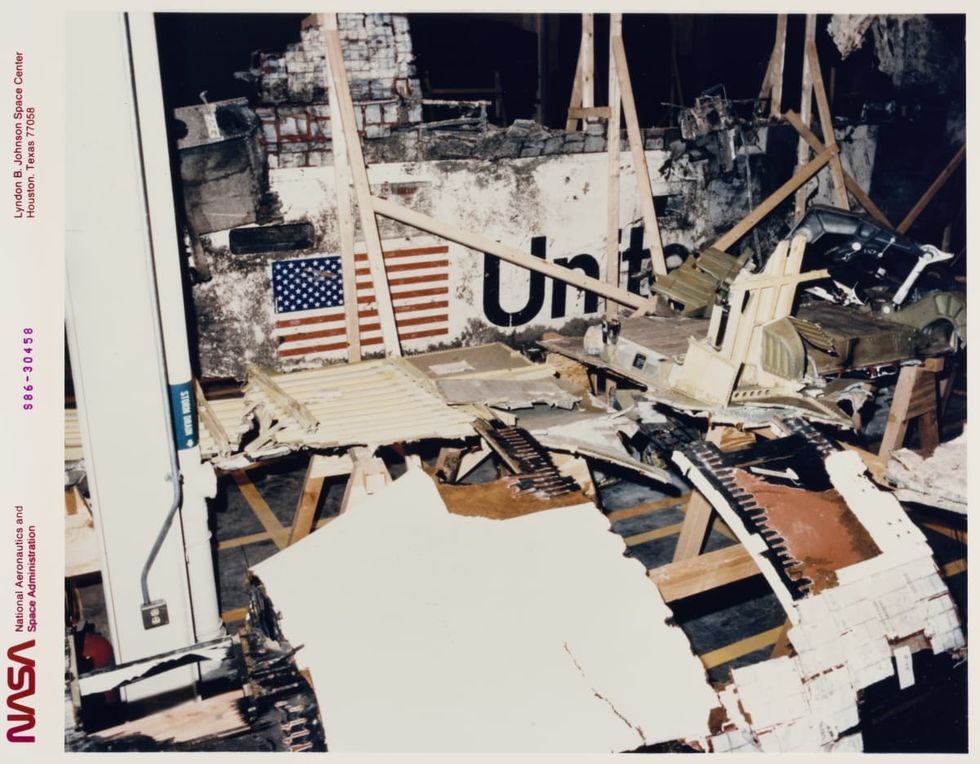
After three months of operation, the human remains and moss-covered silver fragments of the shuttle were recovered from the ocean floor.
This article originally appeared last year.





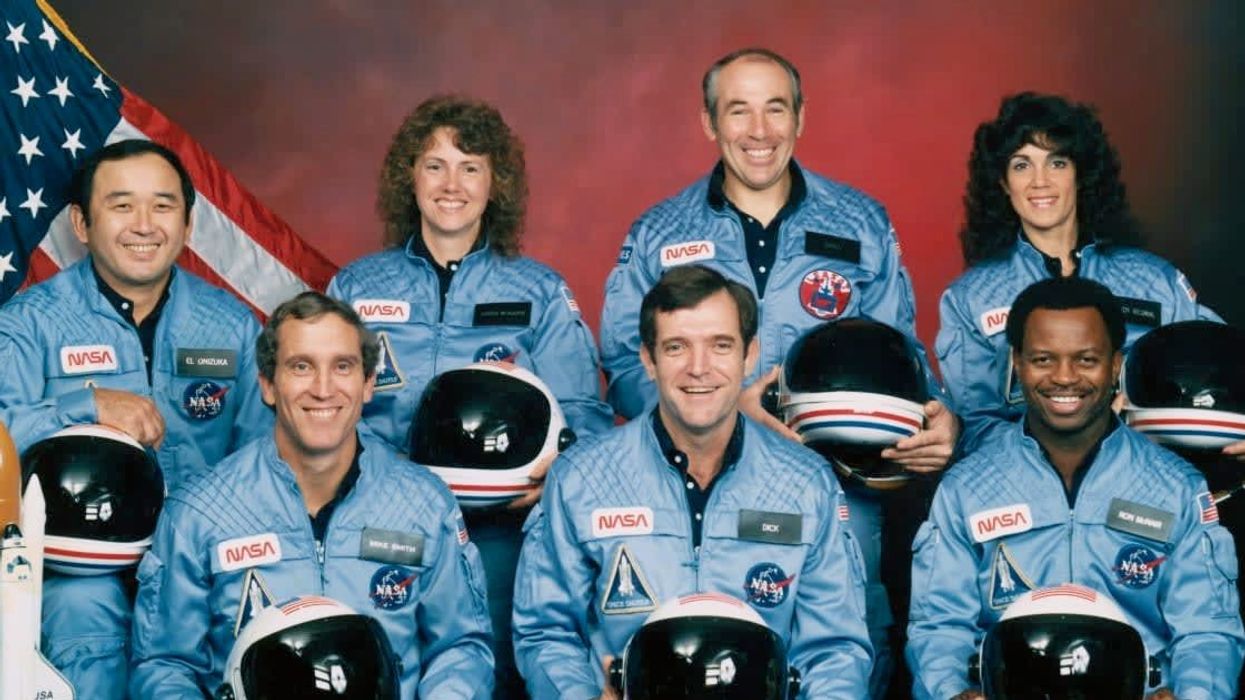


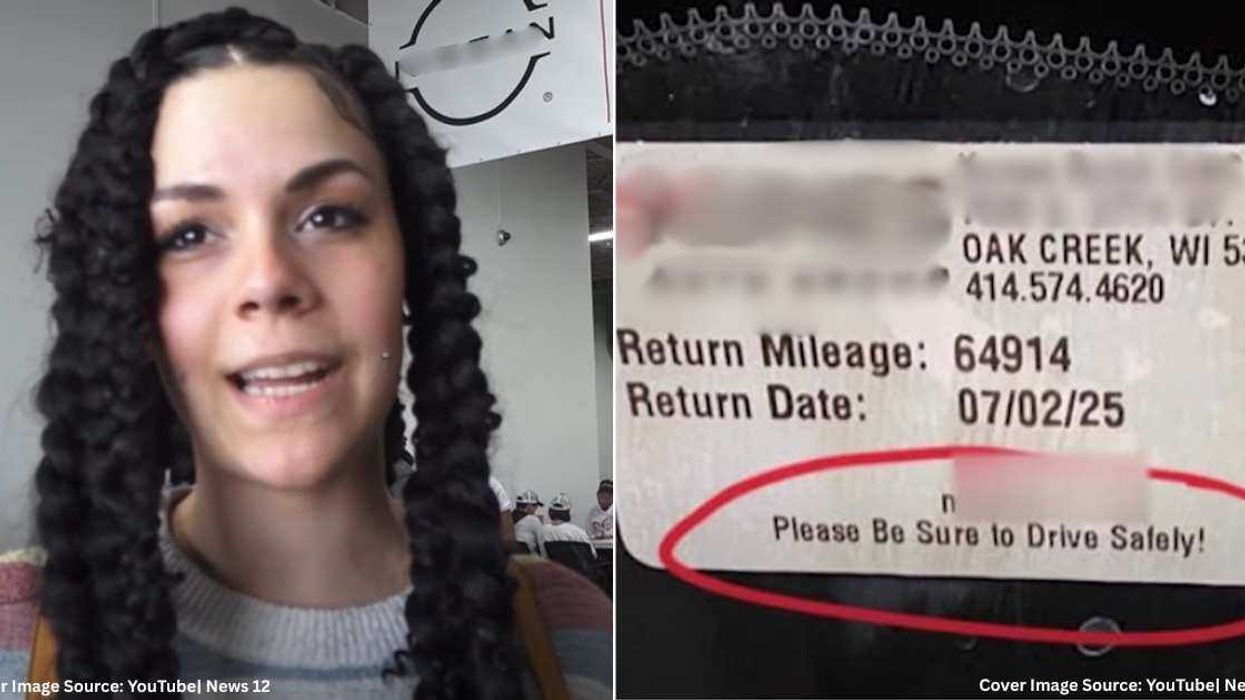








 Image frmo Scientific Reports of ancient artwork. Image Source:
Image frmo Scientific Reports of ancient artwork. Image Source: 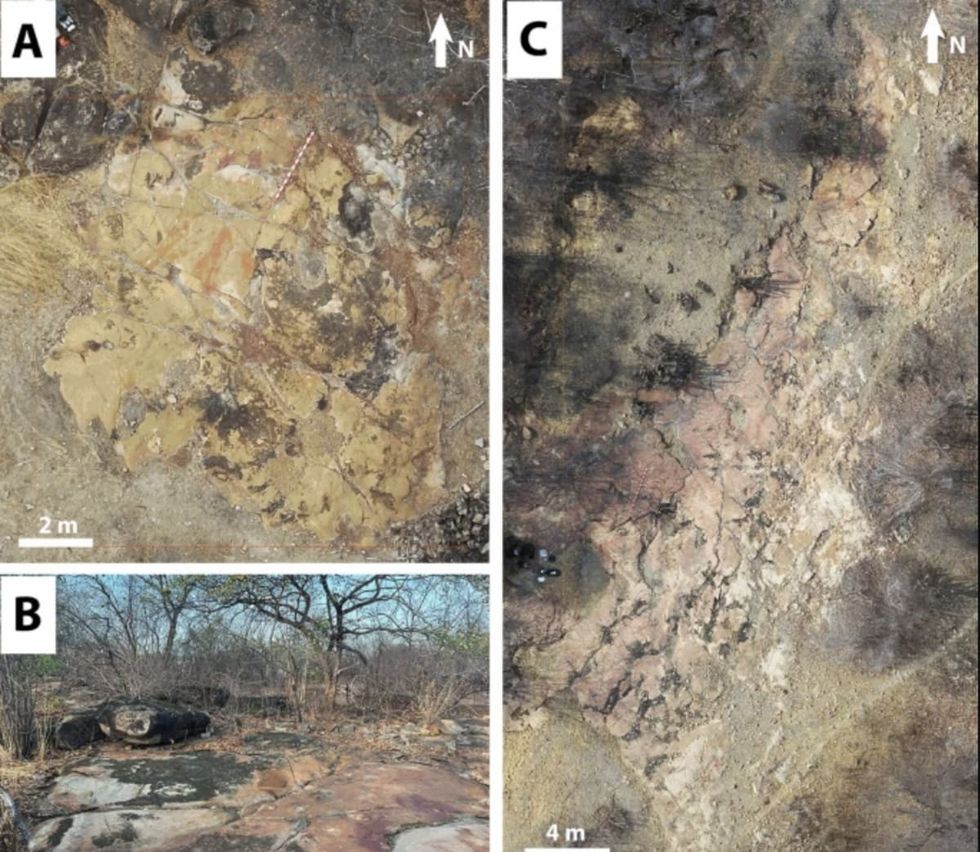 Image frmo Scientific Reports of ancient artwork.Image Source:
Image frmo Scientific Reports of ancient artwork.Image Source: 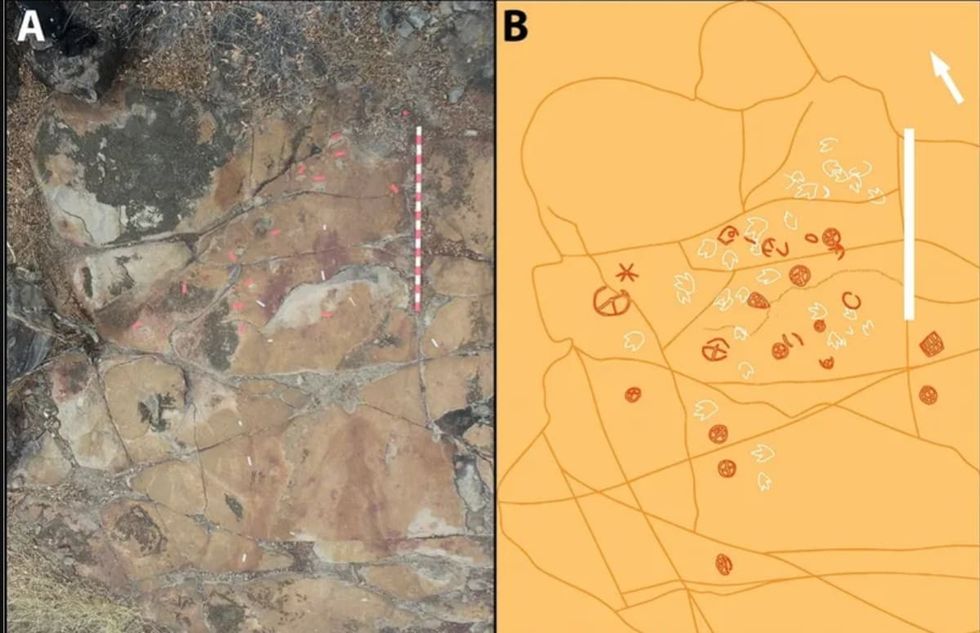 Image frmo Scientific Reports of ancient artwork.Image Source:
Image frmo Scientific Reports of ancient artwork.Image Source: 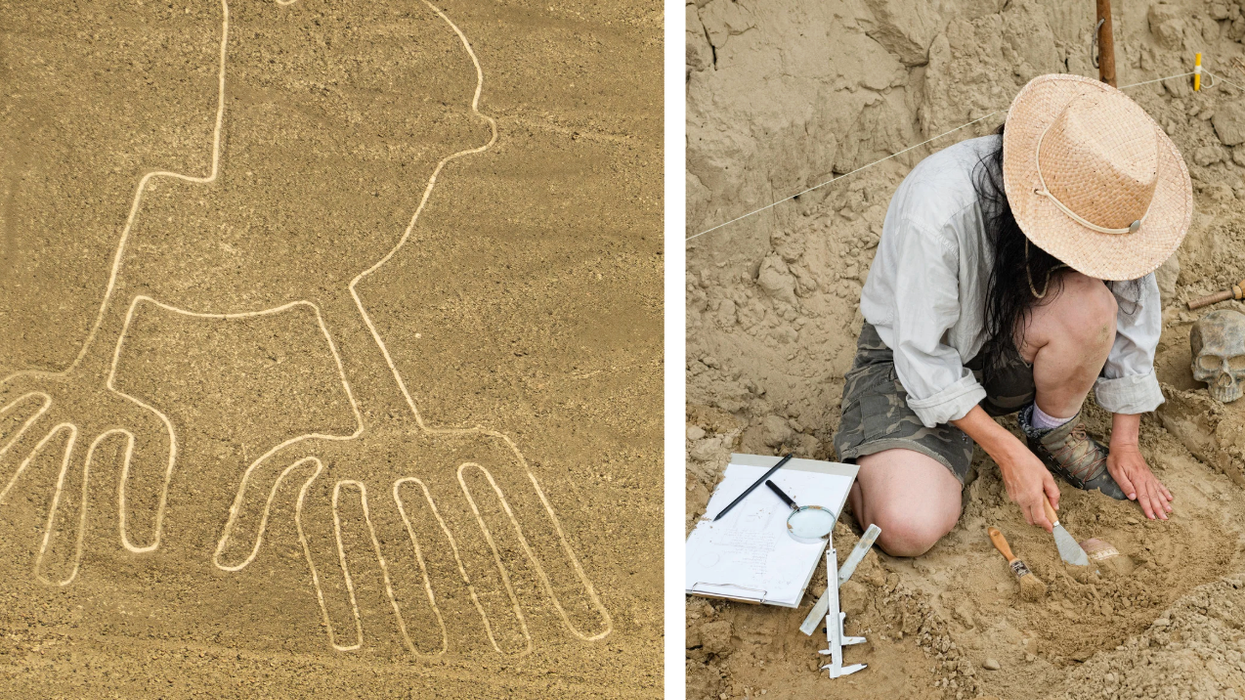

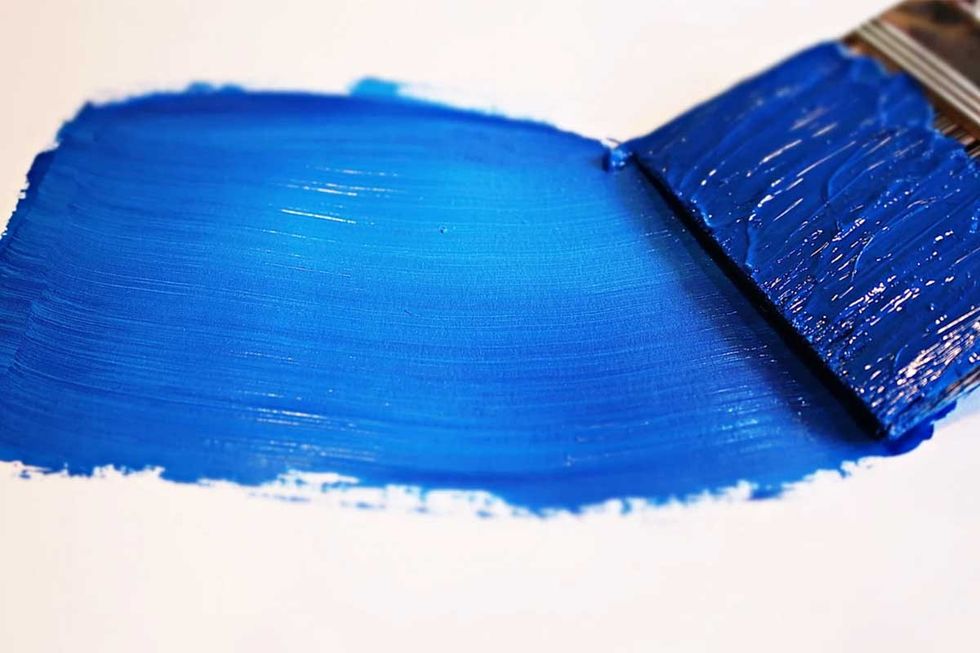 It's difficult to imagine seeing a color and not having the word for it. Canva
It's difficult to imagine seeing a color and not having the word for it. Canva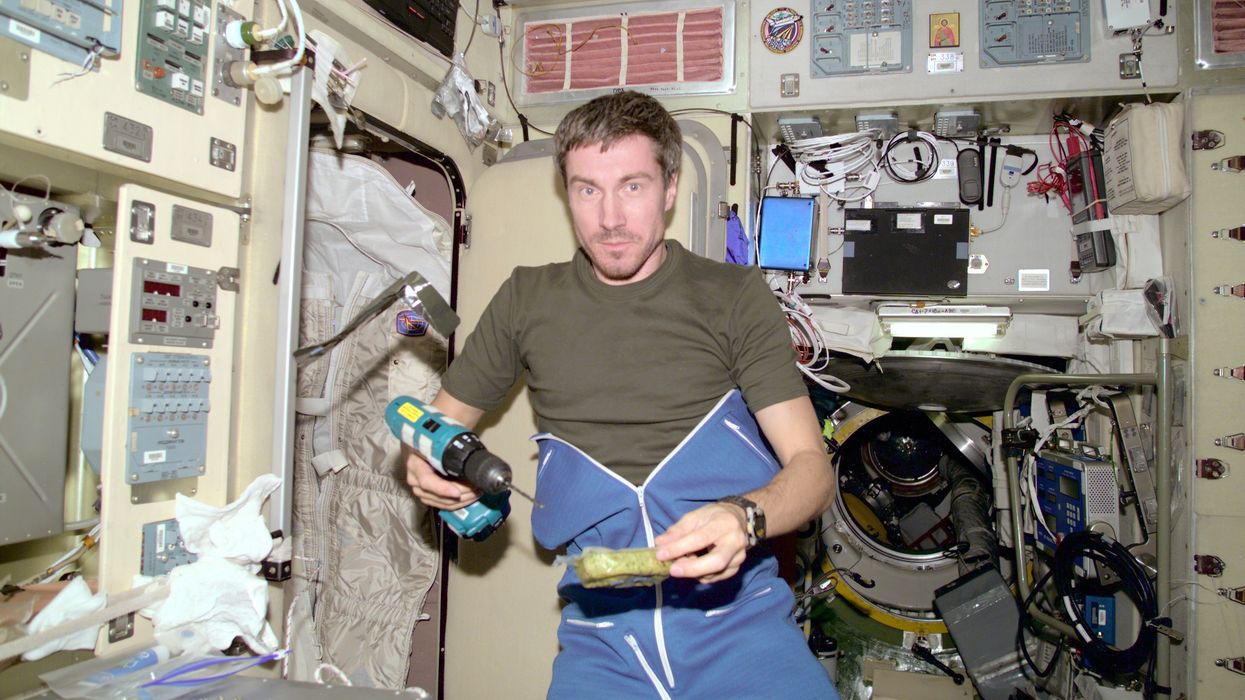
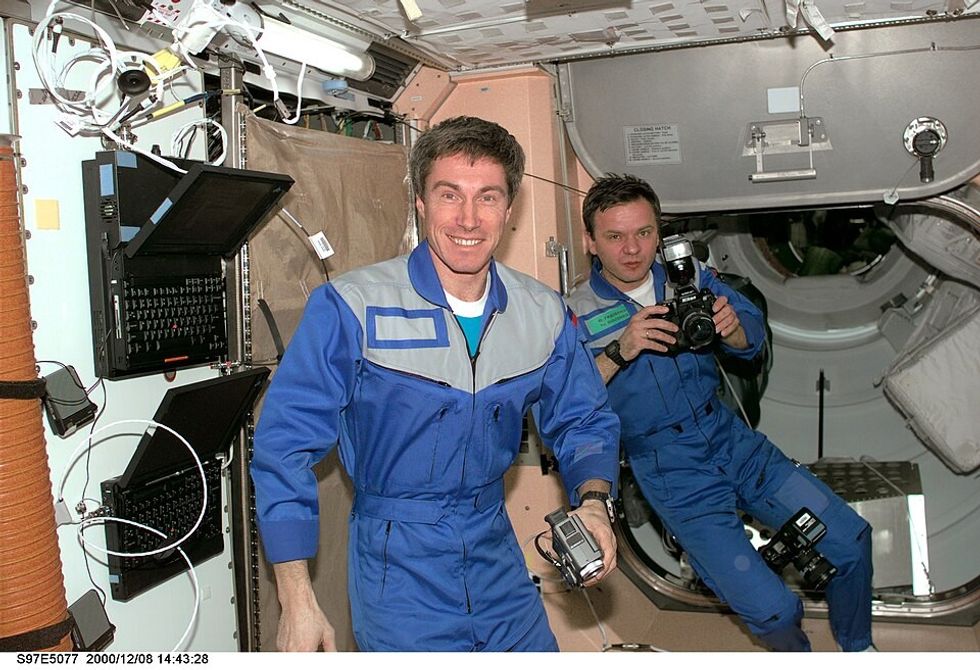 Sergei Krikalev in space.
Sergei Krikalev in space. 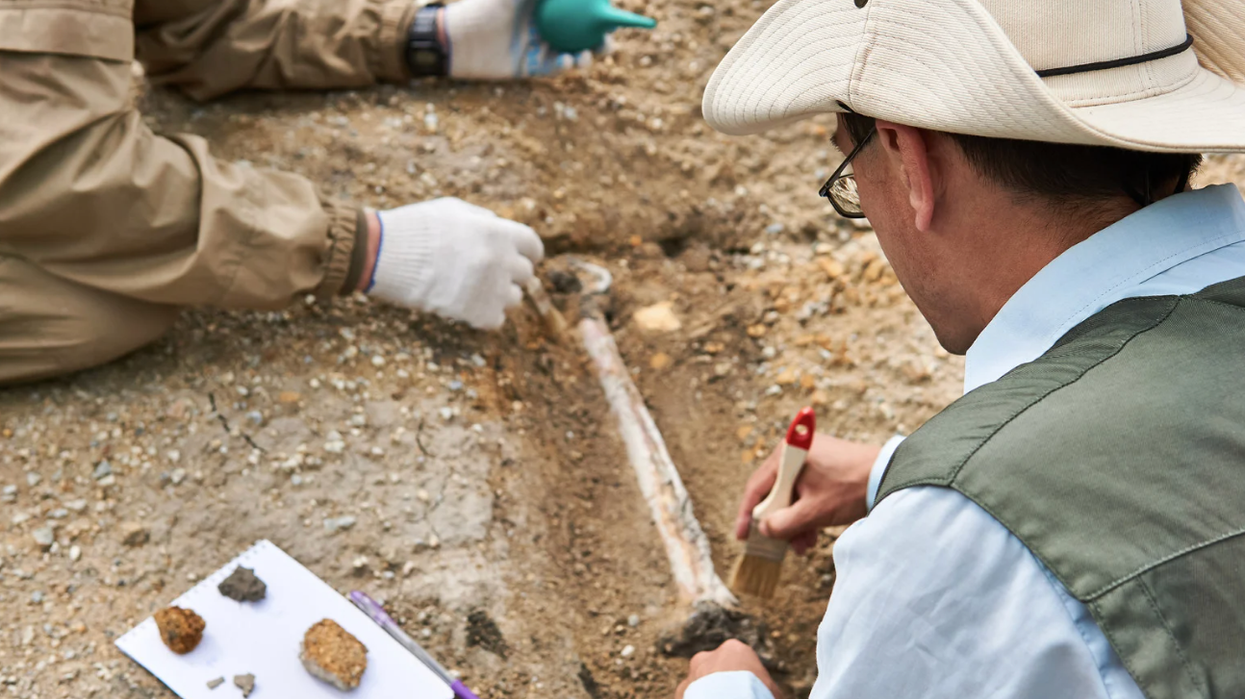

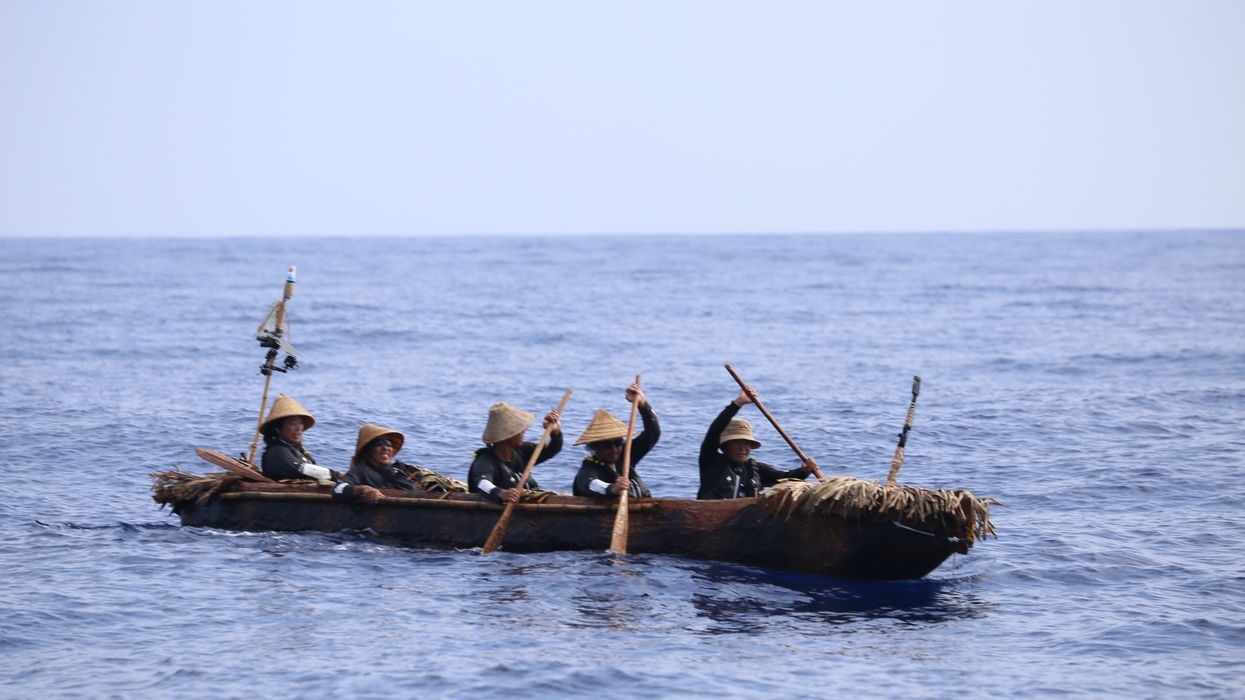
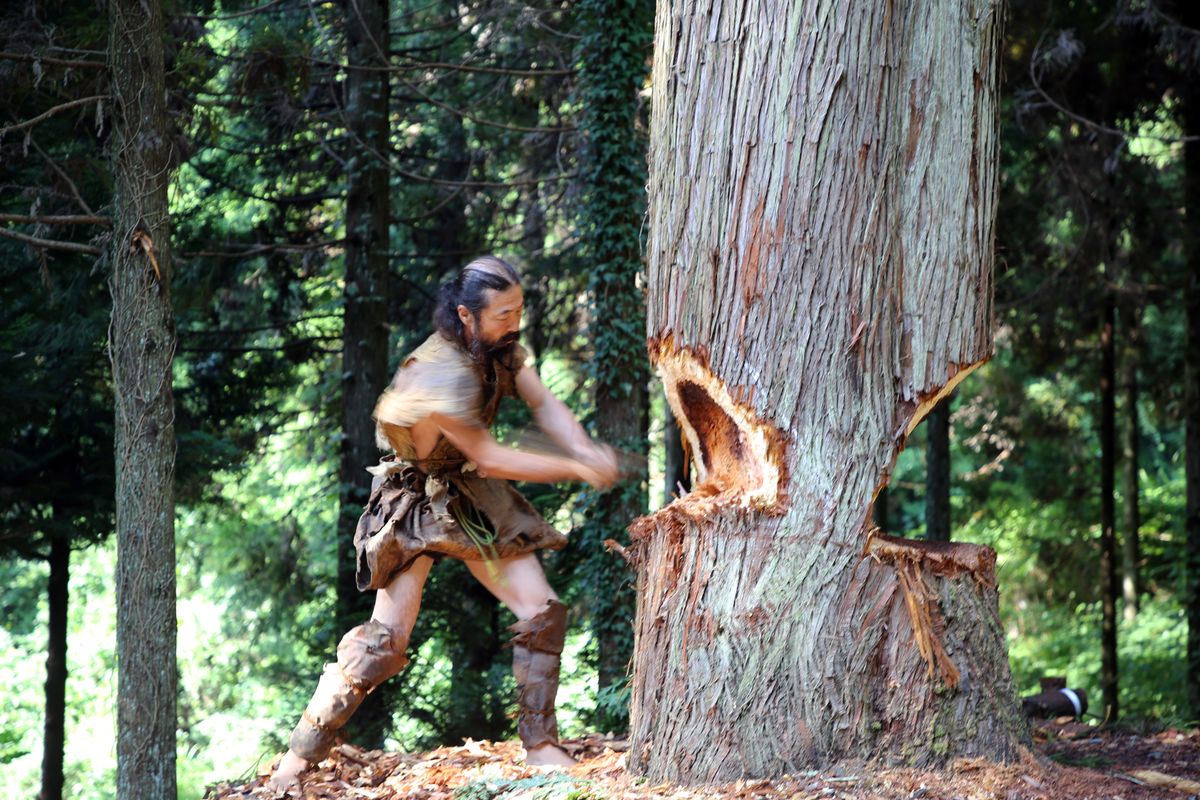 The team also crafted their canoe using ancient methods and Stone Age-style tools. National Museum of Nature and Science, Tokyo
The team also crafted their canoe using ancient methods and Stone Age-style tools. National Museum of Nature and Science, Tokyo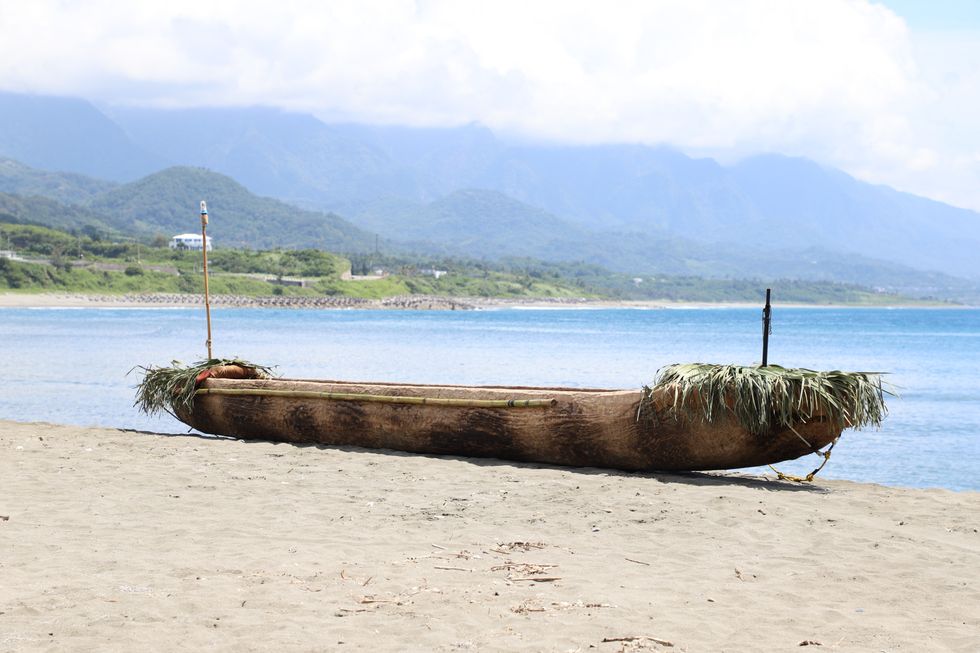 The cedar dugout canoe crafted by the scientist team. National Museum of Nature and Science, Tokyo
The cedar dugout canoe crafted by the scientist team. National Museum of Nature and Science, Tokyo